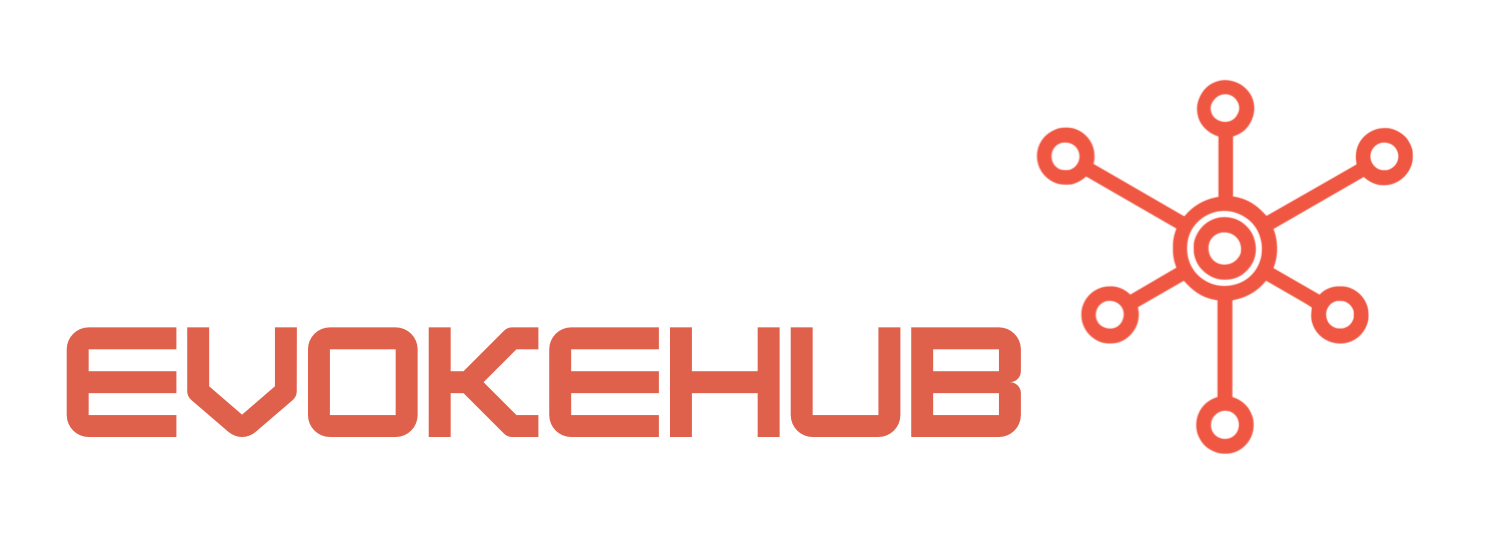Analyzing Cost Implications of Thai Project Managers vs. In-House Leads
When evaluating the cost implications of hiring Thai project managers compared to in-house leads, organizations must consider several factors, including labor costs, recruitment expenses, and overhead. Thai project managers, often sourced from a talent pool with competitive rates, can offer a cost-effective alternative to hiring local in-house leads, especially for companies operating in regions with high labor costs. Organizations can typically save on salary expenditures and associated benefits, yielding a favorable return on investment.
However, the initial cost savings may be offset by challenges such as communication barriers and potential cultural misunderstandings. These factors can lead to increased project timelines and, consequently, additional costs. It’s essential for organizations to weigh the short-term financial benefits against long-term project efficiency and quality. Hiring Thai project managers may lead to additional expenses related to training and integration into the company culture, which could negate the initial cost advantages.
Finally, organizations must also consider the potential for geographical and economic fluctuations. According to World Bank data, Thailand’s economic stability can impact the availability and cost of skilled labor. Businesses should remain vigilant about market trends and adjust their strategies accordingly to mitigate risks associated with hiring internationally. In summary, while Thai project managers may provide cost advantages, companies should carefully analyze the broader financial landscape before making a final decision.
Evaluating Efficiency: Thai Project Managers and In-House Teams
Efficiency is another critical area for consideration when comparing Thai project managers with in-house leads. Thai project managers often bring unique skill sets and diverse perspectives, which can contribute to innovative solutions and improved project outcomes. Their exposure to various industries and methodologies can enhance problem-solving capabilities, making them a valuable asset to any team. Moreover, remote work technology enables seamless collaboration, allowing Thai project managers to efficiently manage projects across different time zones.
Conversely, in-house leads are typically more familiar with the organization’s culture, processes, and stakeholders. This familiarity can lead to quicker decision-making and smoother project execution. In-house teams often benefit from established relationships, both internally and with external partners, which can expedite communication and approvals. However, this advantage might come at the cost of creativity and innovation, as in-house teams may be more inclined to adhere to established norms rather than explore new approaches.
Ultimately, the choice between Thai project managers and in-house leads hinges on the specific project requirements and organizational culture. Companies that prioritize innovation and global perspectives might find Thai project managers to be more efficient, while those that value deep organizational knowledge and quick execution may lean towards in-house leads. Adapting to the unique strengths of each approach can lead to a more effective project management strategy tailored to the organization’s goals.
Choosing between Thai project managers and in-house leads involves a careful analysis of both cost and efficiency. While Thai project managers may offer a cost-effective solution with the potential for innovative ideas, organizations must also consider the inherent challenges, including communication and cultural integration. On the other hand, in-house teams may provide familiarity and quicker execution but could lack the diverse perspectives essential for creative problem-solving. Ultimately, organizations should evaluate their unique project needs, market conditions, and future goals to determine the most effective project management strategy for their operations.




